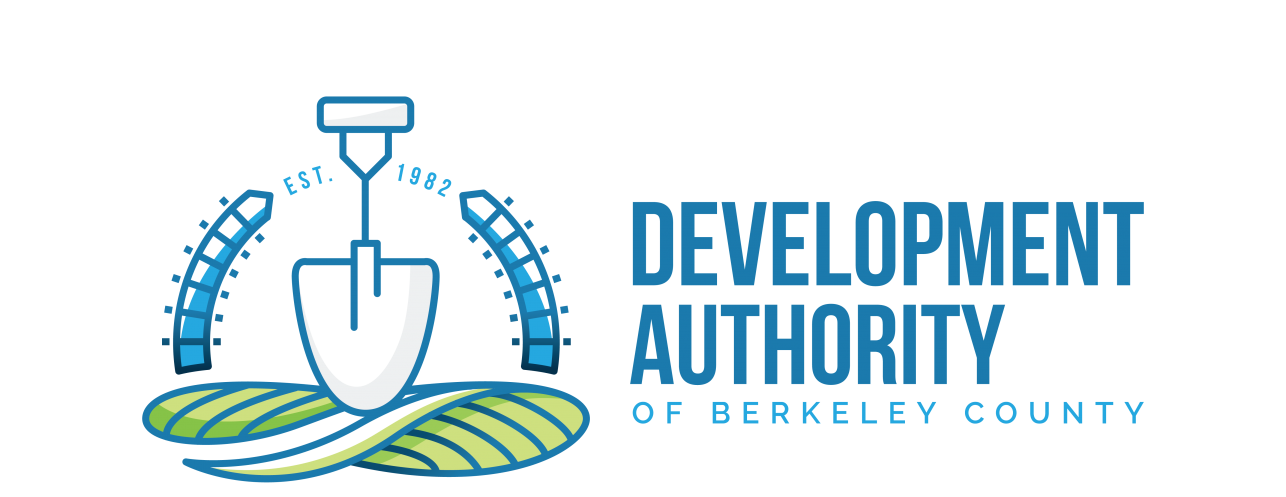As the largest growing population to enter the workforce over the next five years, employees and human resources recruiters are having to take a look at the needs in skills and training to prepare the Generation Z (Gen Z) for entering the workforce. The Gen Zers (those born between 1996 and earlier 2010s) were estimated in 2019 to make over 30 percent of the to make over 30 percent of the labor force. And even with higher than normal unemployment numbers, this population is poised to enter in and provide the much needed technical and innovative drive our surplus of job in business and industry of this transitioning COVID world.
Here are five areas employers can invest in the workforce development for this younger generation to thrive:
- Communication
Even though they’ve grown up in a digitally connected world, the majority of Gen Z employees prefer to communicate at work via face-to-face conversations according to leadership network writer and speaker, Ryan Jenkins. In fact, 83 percent of Gen Z workers prefer to engage with managers in person, yet 82 percent of managers believe their younger generation employees prefer instant messages. A healthy balance between the two communication platforms secures building a genuine relationship and prioritizing work relationship balance.
- Diversity & Inclusion
According to Deloitte’s research, Gen Z is the most diverse generation in the nation’s history. The report explains that “Diversity matters to them through many dimensions, not just isolated to race and gender, but also related to identity and orientation.” Additionally, Deloitte finds that inclusion and diversity are critical factors Gen Z considers when considering a job offer.
- Coaching & Mentoring
Mentoring ability is the second most popular trait Gen Z employees value in leaders, While Gen Z employees are independent and have entrepreneurial inclinations, they still appreciate having mentoring support to guide them along the way.
- Business Writing
Gen Z employees have grown up writing texts and social media posts, but they may not be familiar with the conventions of writing in a business setting. Abbreviations, emoji, and a lack of punctuation may be commonplace in social media, but they can come across as unprofessional in workplace communications. Employers may find that offering training on written business communication will help employees adapt their writing style to the work environment.
- Focus & Productivity
Gen Z employees have grown up with the internet and social media — the answers to questions are just a quick search away and their phones are constantly available as sources of information, entertainment, and companionship. But phones are also a source of distraction. Employers have an opportunity to help these new workers by providing training on how to limit distractions and improve productivity.
The COVID impacted labor force is showing progress in adapting to the ever-changing landscape, including their influx into the employee population. Understanding their unique needs and investing in their development will go a long way in rebuilding our thriving workforce again.
How have you taken steps to prepare for our newest addition to the labor/workforce? Share your practices and policies in the comments below.







